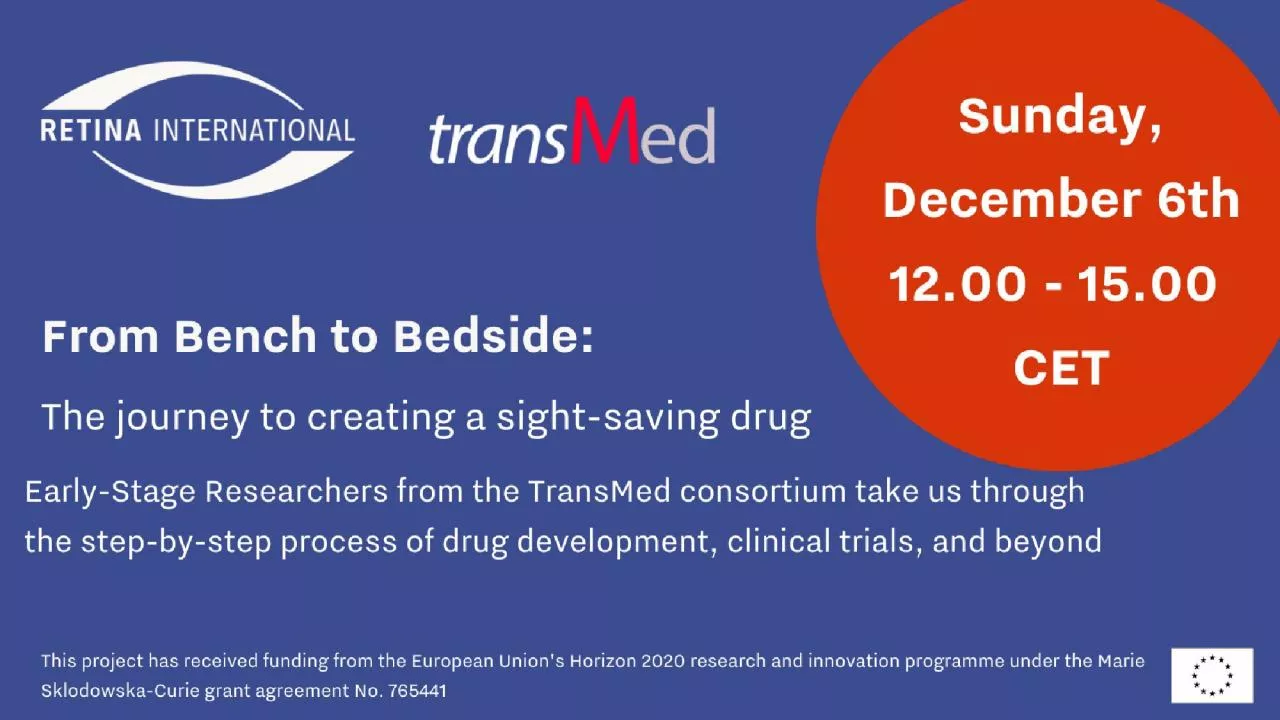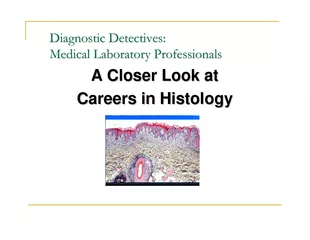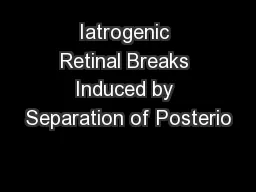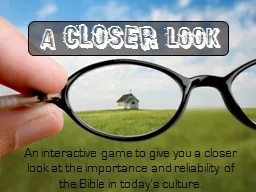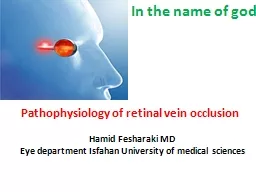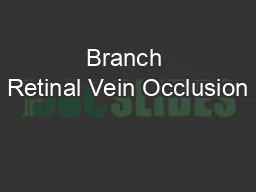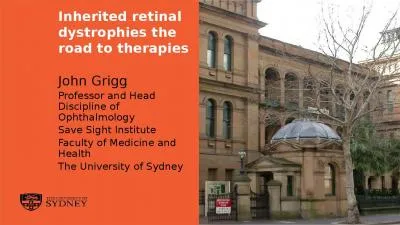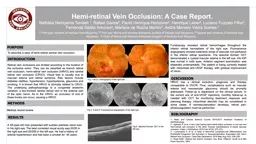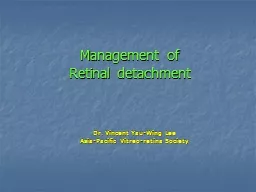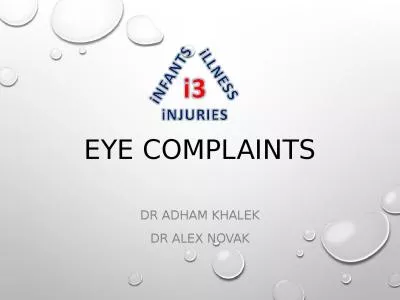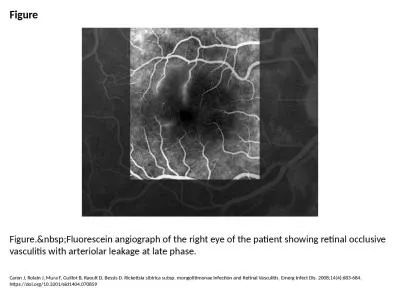PPT-Session 1 Talk 1: “ Taking a Closer Look at the Eye and Retinal Degenerations”, by
Author : natalie | Published Date : 2024-03-13
Meltem Kutluer Talk 2 Therapeutic Challenges for Inherited Retinal Degenerations by Li Huang Talk 3 The TransMed consortium by Jiaming Zhou Session 2 Talk 4
Presentation Embed Code
Download Presentation
Download Presentation The PPT/PDF document "Session 1 Talk 1: “ Taking a Closer L..." is the property of its rightful owner. Permission is granted to download and print the materials on this website for personal, non-commercial use only, and to display it on your personal computer provided you do not modify the materials and that you retain all copyright notices contained in the materials. By downloading content from our website, you accept the terms of this agreement.
Session 1 Talk 1: “ Taking a Closer Look at the Eye and Retinal Degenerations”, by: Transcript
Download Rules Of Document
"Session 1 Talk 1: “ Taking a Closer Look at the Eye and Retinal Degenerations”, by"The content belongs to its owner. You may download and print it for personal use, without modification, and keep all copyright notices. By downloading, you agree to these terms.
Related Documents

